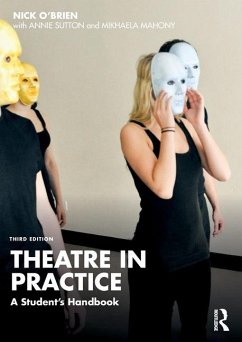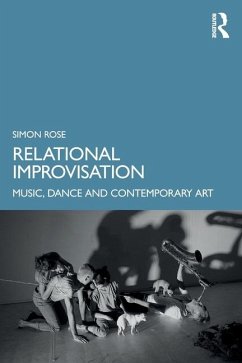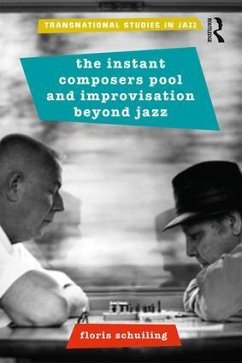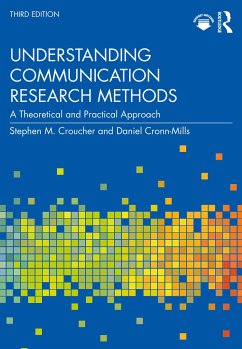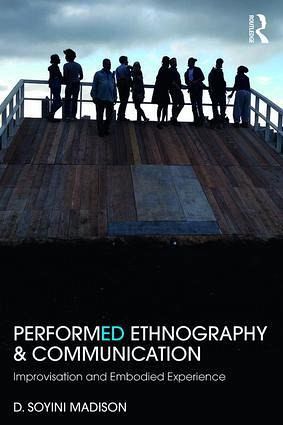
Performed Ethnography and Communication
Improvisation and Embodied Experience
Versandkostenfrei!
Versandfertig in 1-2 Wochen
50,99 €
inkl. MwSt.
Weitere Ausgaben:

PAYBACK Punkte
25 °P sammeln!
This book addresses the impact of ethnography and communication on the cutting edge of performance studies. Ranging from digital performance, improvisation and the body, to fieldwork and collaboration, this volume is divided into two main sections, Embodied Technique and Practice, and Oral History and Personal Narrative Performance.








